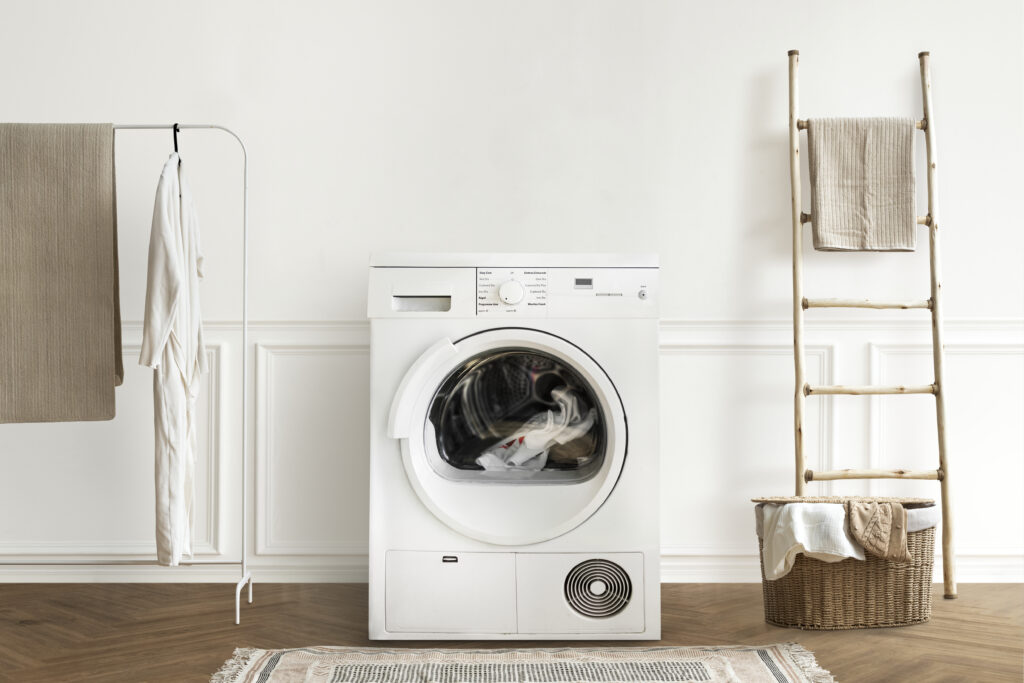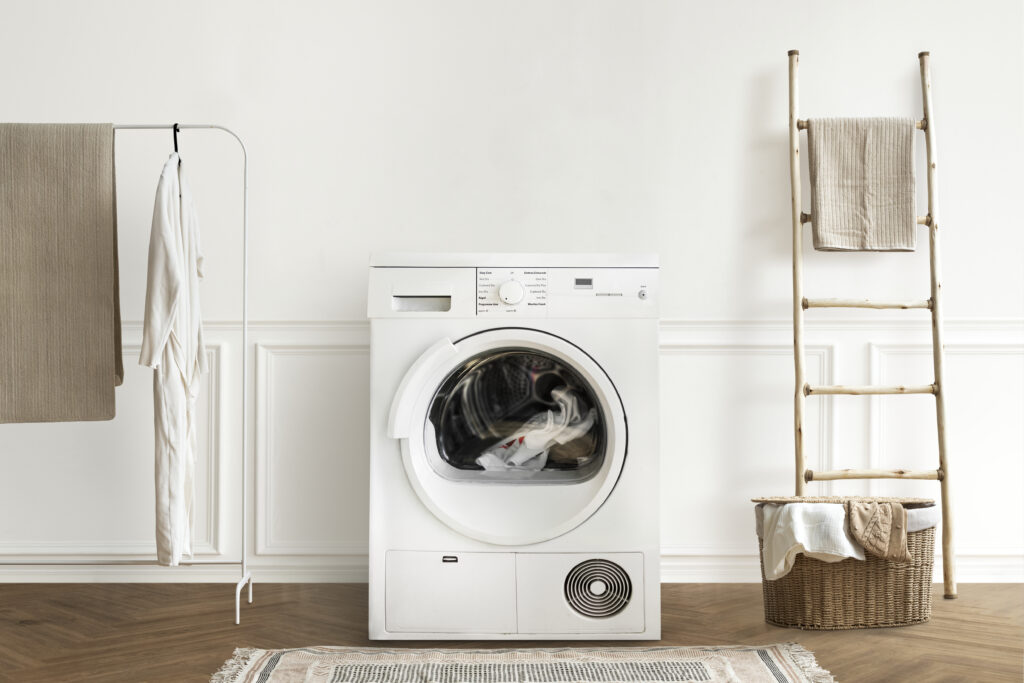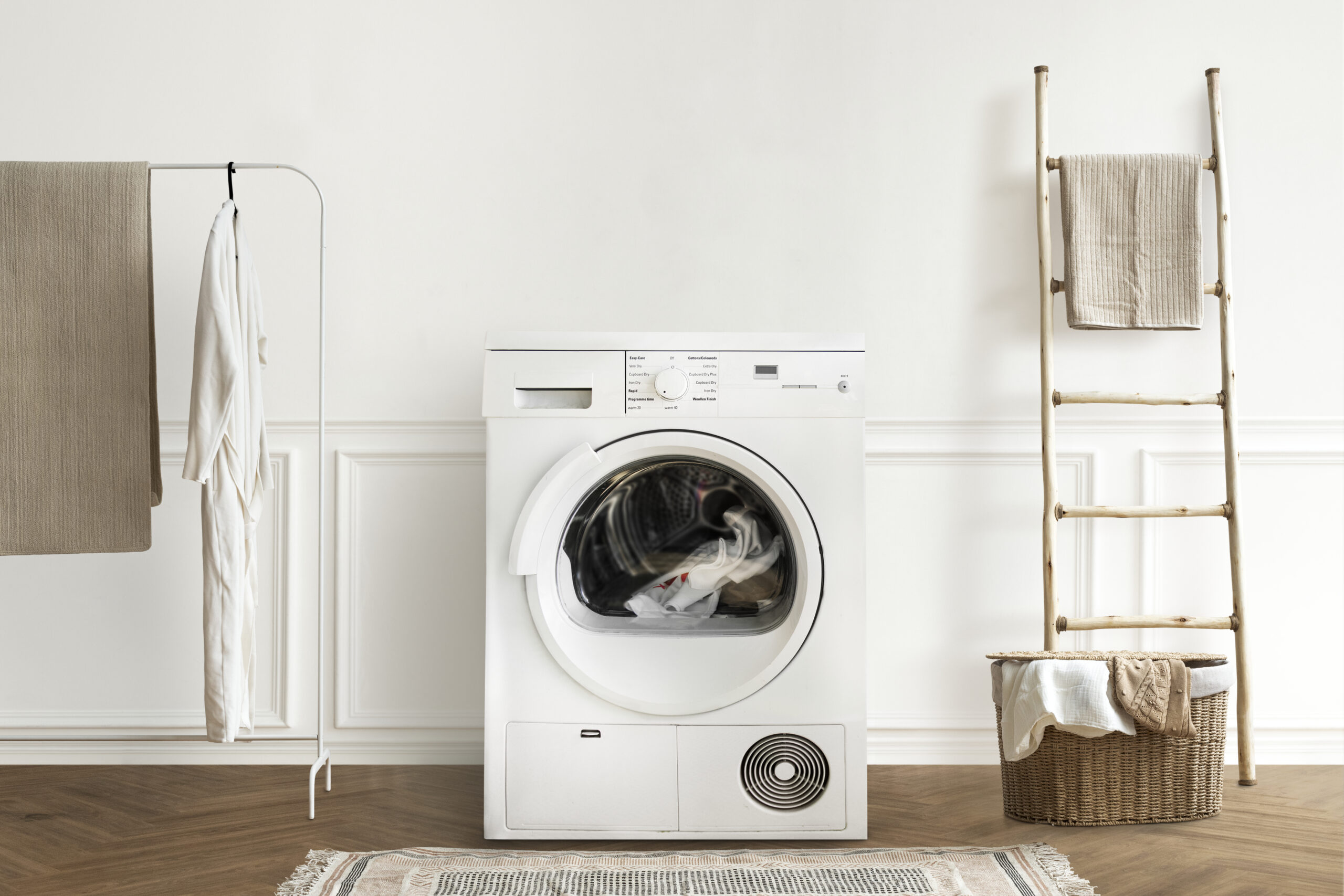After a cycle, there are few things more annoying than opening your washer lid to discover it filled with soapy, murky water. This not only halts your laundry process, but if you ignore it, it may cause your clothes to get wet and possibly damage your machine.
The good news? With a little knowledge and a few basic tools, many washer drain problems are surprisingly simple to resolve. In this comprehensive 2025 guide, we’ll go over the possible causes of your washing machine’s water buildup, step-by-step troubleshooting techniques, simple do-it-yourself solutions, and when to hire a professional.
Why Does My Washing Machine Have Water in It?
One of the following is typically the cause of improper washer draining:
A clogged drain hose
A dirty or obstructed pump filter
A malfunctioning drain pump
A bent or kinked drain hose
A clogged sink drain or household standpipe
A broken lid/door switch
The machine being overloaded
Problems with electrical control
Let’s go over how to identify and resolve each problem, frequently without expert assistance.

A Comprehensive Guide to Troubleshooting
To reduce the chance of receiving an electric shock, unplug your washing machine from the wall outlet before getting started. Additionally, because cleanup may get a little wet, have gloves, a bucket, and some towels on hand.
First, examine the drain hose.
Examine the hose that connects your washer’s back to the sink or drain pipe.
Check for sharp bends or kinks.
Make sure both ends are securely connected.
To check if it’s blocked, remove it and run water through it.
If clogged, remove the debris with a flexible drain brush, garden hose, or plumber’s snake.
Pro Tip: You can avoid future issues by routinely cleaning the drain hose on your washer every few months.
Step 2: Empty the Water by Hand
If there is a lot of water in your washer:
Wrap towels around the machine’s base.
Locate the pump filter access panel, which is often located at the washer’s lower front.
Carefully open it, then catch the draining water with a shallow tray or container.
If your machine has a pump filter, take it out and clean it.
Coins, buttons, hairpins, tiny socks, and lint are typical finds.
Clean the pump filter in step three.
A detachable filter on the majority of contemporary front-load washers captures debris before it reaches the drain pump.
Remove the filter by unscrewing it (usually counterclockwise).
Use warm water to clean it.
Look inside the cavity for any objects or debris that might be hidden.
Close the panel after reinstalling the clean filter.
Step 4: Examine the Drain Pump
If the issue continues even after cleaning your hose and filter:
Reinstall the washer’s plug.
Put it on a spin-only or drain cycle.
Pay attention to the humming sound coming from the pump.
The pump might be malfunctioning or jammed if you hear a hum but no water moves.
A burned-out motor could be the cause if you don’t hear anything.
Do-it-yourself Fix: If you’re handy, you can take out and examine the drain pump. To verify electrical continuity, use a multimeter. Replace it if it’s noisy or dead.
✅ Step 5: Examine the household drain or standpipe
If the internal parts and washer hose are in good condition, the plumbing in your house might be the issue.
Fill the sink or standpipe where your washer drains with one gallon of water.
If it backs up, your drainpipe is the problem.
Fix: If the obstruction is difficult to remove, use a plumber’s snake or give them a call.
Step 6: Examine the door switch or lid.
Many washers won’t spin or drain if the lid or door switch is faulty.
Open and close the lid firmly
If you don’t hear a click or the washer doesn’t respond when you start a cycle, the switch may need replacement
Cost: Replacement switches typically cost $20–$50.

Typical Indications It’s Time to Hire an Expert
You might require a qualified technician if you’ve tried the aforementioned fixes and the problem persists. Indications that it’s time to call:
Water seeping from the machine’s underside
Digital display error codes (such as OE, 5E, ND, or E2)
loud humming or grinding noises
Internal components that are clearly damaged
Electrical problems such as tripped breakers or blown fuses
Average Repair Prices (USA, 2025):
Replacement of a drain pump: $150–$350
$75 to $150 for a new drain hose
Repairing a control board costs $200 to $450.
How to Avoid Drain Issues in the Future
You can completely prevent this scenario by adopting a few easy maintenance practices:
Every month, clean your pump filter.
Every three to six months, inspect and clean the drain hoses.
Don’t put too much strain on the washer.
Before each load, empty your pockets.
Use the right amount of detergent.
Every month, run a machine cleaning cycle using vinegar or laundry detergent.
Pro Tip: As a preventative measure, change your washer hoses every three to five years.

Concluding remarks
It can be annoying to discover that your washing machine is overflowing with water, but now you have a trustworthy, detailed 2025 guide to identify and resolve the issue on your own.
Whether it’s a clogged hose, a dirty filter, a jammed pump, or a plumbing problem in your home, most of these issues can be fixed with simple tools and a little perseverance.
You can prolong the life of your washer and prevent expensive repairs by doing routine maintenance and knowing when to hire a professional.
A Brief Review of Troubleshooting
Examine the drain hose for obstructions and kinks. Empty the water manually and clean the pump filter. ✅ Check the drain pump’s functionality ✅ Examine your home’s standpipe or drain ✅ Examine the door switch and lid ✅ If necessary, call a technician.
Suggested Resources
A multimeter
Adaptable drain brush
The snake of the plumber
Cleaning tablets for washing machines
